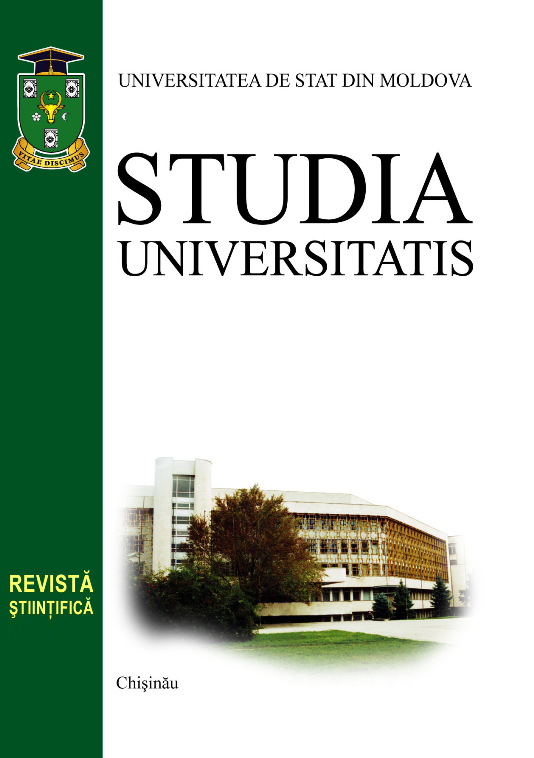THE EVALUATION OF THE IMPACT OF MONO- AND MULTIINVASIONS ON SOME MORHOLOGIC AND FUNCTIONAL INDICES IN BARS (SUS SCROFA)
Ștefan RUSU, Dumitru ERHAN, Ion TODERAȘ, Maria ZAMORNEA, Viorelia RUSU, Galina MELNIC, Ion GOLOGAN Institutul de Zoologie
Аннотация
The aim of the study was to evaluate the impact of mono- and multiparasitic invasions on some morphologic and functional indices in boars. The findings revealed the number of eosinophils in the non-infested Group I, comparatively to 18.0%, within Group II spontaneously infested with Strongyloides ransomi; compared to 40.8%, decrease in Group III spontaneously infested with Dicrocoelium lanceolatum, and compared to Group IV of boars with multi-parasitic invasions (Dicrocoelium lanceolatum, Strongyloides ransomi, Metastrongylus elongatus and Eimeria debliecki). The findings in the boars from Group II spontaneously infested with Strongyloides ransomi revealed a 33.8% (P>0.05) decrease of the total proteins, as compared with animals from Group III – with a 19.5% (P<0,05) decrease, and those from Group IV – of a 37.7% (P<0.05) decrease, compared with Group I of the non-infested animals. It was established that the infesting of the boars with Strongyloides ransomi provokes a diminished number of proteinogram indices similar to changes in electropherograms of type I, which is specific to the acute inflammatory processes, due to the mechanic and spoiling effect of the rhabditid larvae that vehiculate the pathogenic microflora in the host organism during internal migration process. Keywords: species of parsites, wild boars, hematological indices mono-, multiparasitic.


